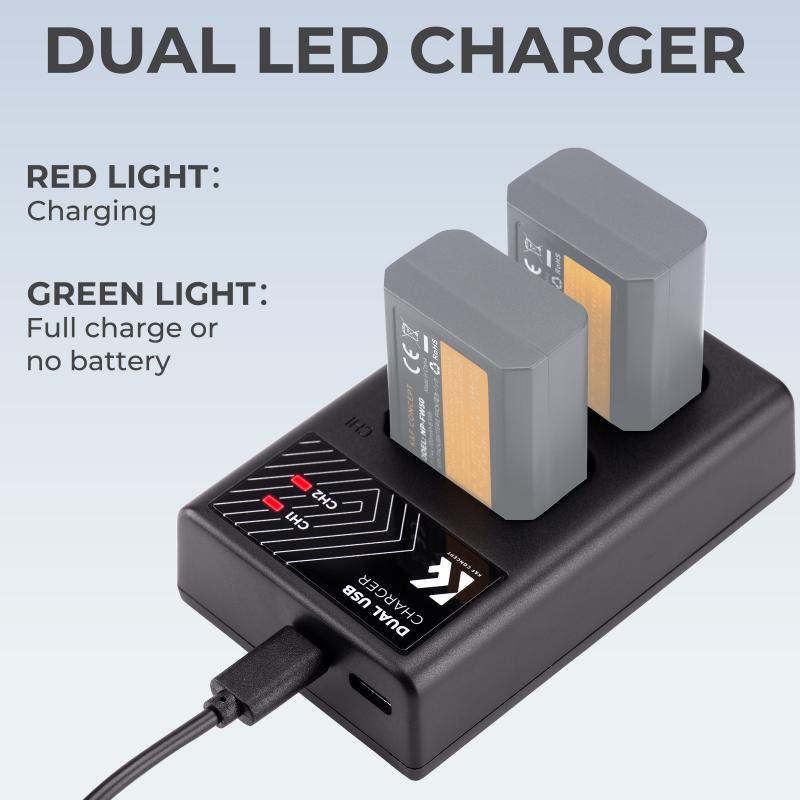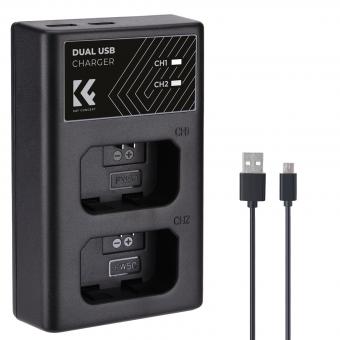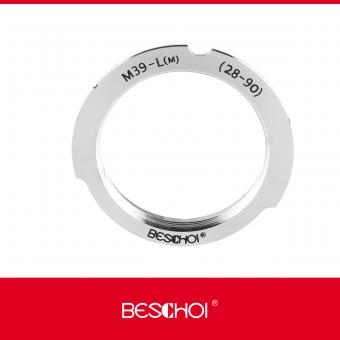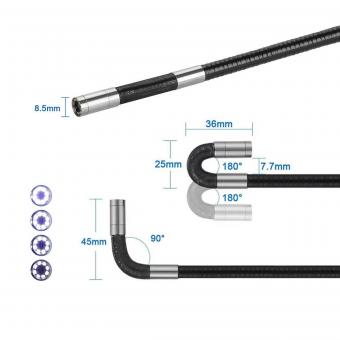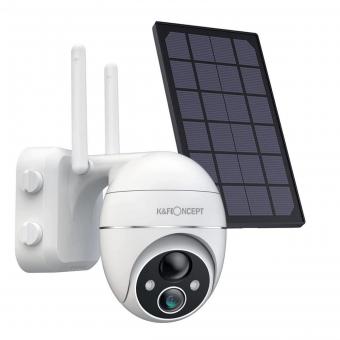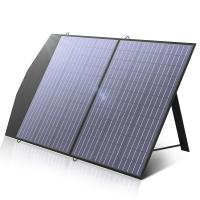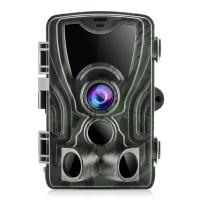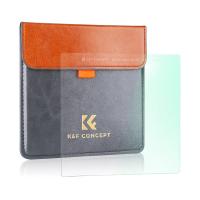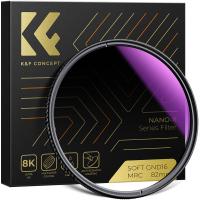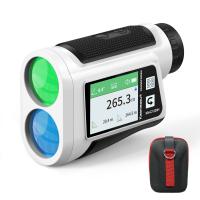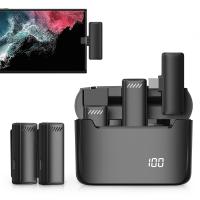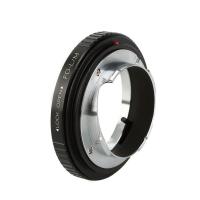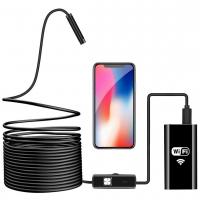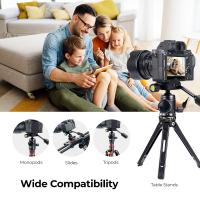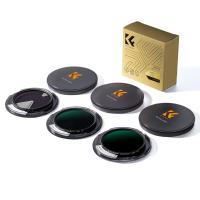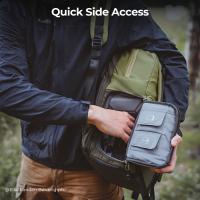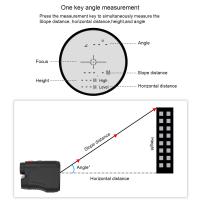How To Charge Camera Battery Without Charger ?
To charge a camera battery without a charger, you can try using a USB cable to connect the camera to a computer or a power bank that has a USB port. Some cameras also have the option to charge the battery through a car charger or a wall adapter. However, it is important to note that charging the battery without a proper charger may not provide optimal results and could potentially damage the battery or the camera. It is always recommended to use the designated charger provided by the camera manufacturer for safe and efficient charging.
1、 USB charging: Using a USB cable and a compatible device.
How to charge a camera battery without a charger? One option is USB charging, which involves using a USB cable and a compatible device. This method has become increasingly popular in recent years due to the widespread use of USB ports and the convenience it offers.
To charge your camera battery using USB, you will need a USB cable that is compatible with your camera model. Most cameras come with a USB cable included in the package, but if you don't have one, you can purchase it separately. Make sure the USB cable has the appropriate connectors for both your camera and the device you plan to use for charging.
Once you have the USB cable, connect one end to your camera and the other end to a USB port on a computer, laptop, or a USB wall adapter. Ensure that the device you are using for charging has enough power to supply the necessary voltage to charge the battery. It is recommended to use a USB port that provides a higher amperage output for faster charging.
Keep in mind that USB charging may take longer compared to using a dedicated charger, as the power output from USB ports is generally lower. Additionally, some cameras may not support USB charging or may have limitations on the charging speed. Therefore, it is essential to consult your camera's user manual or manufacturer's website to ensure USB charging compatibility and to follow any specific instructions provided.
In conclusion, USB charging is a viable option for charging camera batteries without a dedicated charger. It offers convenience and flexibility, especially when you are on the go and don't have access to a charger. However, it is important to check your camera's compatibility and be aware of any limitations or slower charging times associated with USB charging.
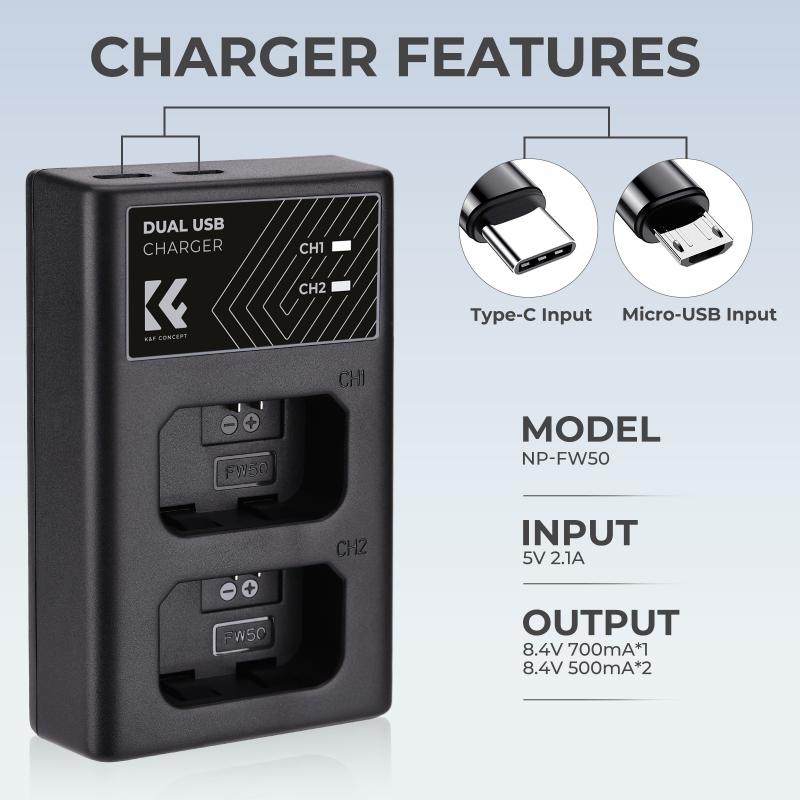
2、 External battery charger: Utilizing a separate charger specifically designed for camera batteries.
One way to charge a camera battery without a charger is by using an external battery charger. These chargers are specifically designed to charge camera batteries and can be a convenient option when you don't have access to the original charger.
External battery chargers come in various sizes and shapes, but they all function in a similar way. You simply need to insert the camera battery into the charger and connect it to a power source, such as a wall outlet or a USB port. The charger will then supply the necessary voltage and current to charge the battery.
Using an external battery charger has several advantages. Firstly, it allows you to charge multiple camera batteries simultaneously, which can be useful if you have multiple batteries or need to charge them quickly. Additionally, these chargers often have LED indicators that show the charging progress, ensuring that you know when the battery is fully charged.
It's worth noting that not all cameras use the same type of battery, so it's important to choose an external charger that is compatible with your camera's battery model. You can usually find this information in the camera's user manual or by doing a quick online search.
In conclusion, an external battery charger is a reliable and efficient way to charge your camera battery without the original charger. It provides a convenient solution, allowing you to charge multiple batteries simultaneously and monitor the charging progress.
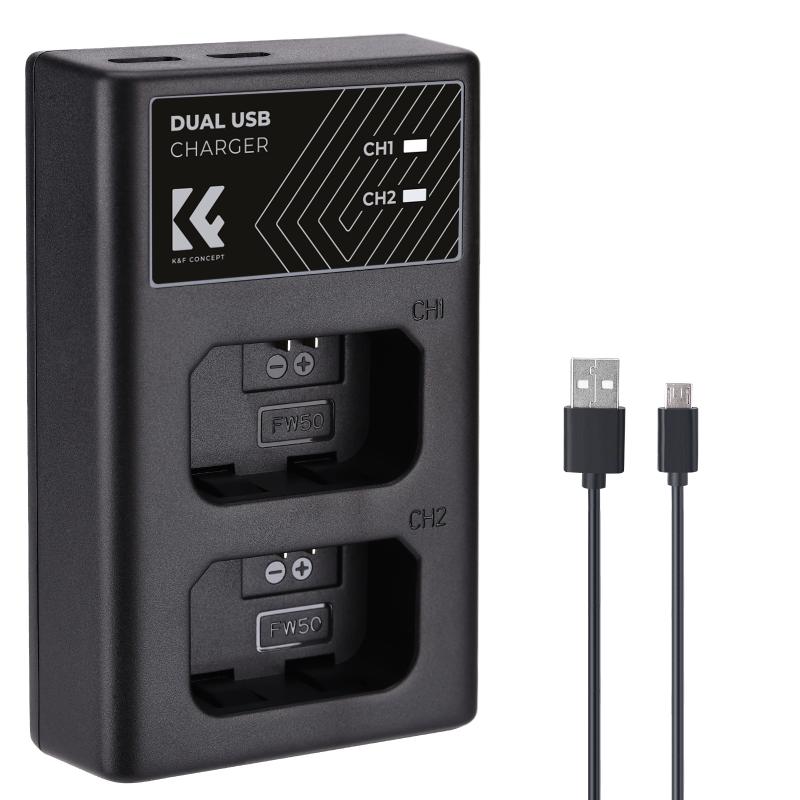
3、 Solar charger: Harnessing solar energy to charge the camera battery.
Solar charger: Harnessing solar energy to charge the camera battery.
In today's world, where technology is advancing rapidly, cameras have become an essential tool for capturing precious moments. However, one common problem that photographers often face is running out of battery power at the most inconvenient times. While the most straightforward solution is to use a charger, there are situations where a charger may not be readily available. In such cases, harnessing solar energy to charge the camera battery can be a viable alternative.
Solar chargers have gained popularity in recent years due to their eco-friendly nature and the increasing availability of sunlight. These chargers utilize photovoltaic cells to convert sunlight into electrical energy, which can then be used to charge various devices, including camera batteries. The process is simple: the solar charger is placed under direct sunlight, and the photovoltaic cells absorb the sunlight, converting it into usable energy.
One of the significant advantages of using a solar charger to charge camera batteries is its portability. These chargers are lightweight and compact, making them easy to carry around during outdoor photography sessions. Additionally, they are compatible with various camera models, making them a versatile option for photographers.
However, it is important to note that the efficiency of solar chargers can vary depending on factors such as the intensity of sunlight and the size of the photovoltaic cells. In areas with limited sunlight or during cloudy days, the charging process may be slower or less effective. Therefore, it is advisable to plan ahead and ensure that there is ample sunlight available for the charger to function optimally.
In conclusion, harnessing solar energy to charge camera batteries can be a practical solution when a charger is not readily available. Solar chargers offer portability and compatibility, making them a convenient option for photographers on the go. However, it is essential to consider the availability of sunlight and the efficiency of the charger to ensure a successful charging experience.
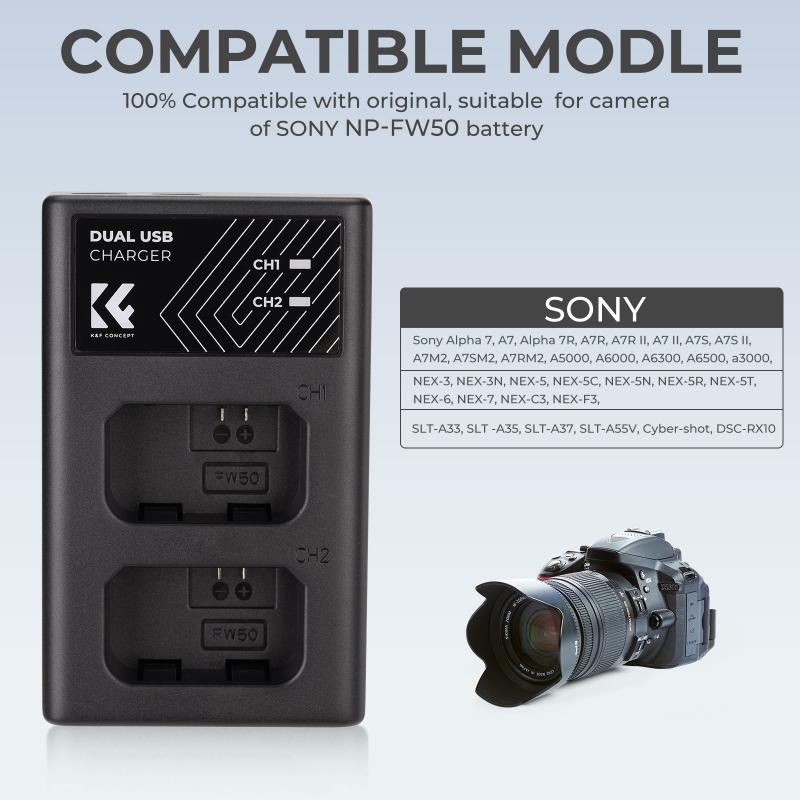
4、 Power bank: Using a portable power bank with a USB connection.
One way to charge a camera battery without a charger is by using a portable power bank with a USB connection. Power banks have become increasingly popular in recent years due to their convenience and versatility. They are essentially portable batteries that can be used to charge various electronic devices, including cameras.
To charge your camera battery using a power bank, you will need a USB cable that is compatible with both the power bank and your camera. Most cameras come with a USB cable for data transfer, which can also be used for charging purposes. Simply connect one end of the USB cable to the power bank and the other end to your camera's charging port.
Once the connection is established, the power bank will start supplying power to your camera battery. The charging time will vary depending on the capacity of the power bank and the camera battery. It is important to note that not all power banks are created equal, and some may not have enough power output to effectively charge a camera battery. Therefore, it is recommended to use a power bank with a higher power output to ensure efficient charging.
Additionally, it is advisable to use a power bank with a capacity that is higher than your camera battery's capacity. This will ensure that you have enough power to fully charge the battery, especially if you are planning to use the camera for an extended period.
In conclusion, using a portable power bank with a USB connection is a convenient and effective way to charge a camera battery without a charger. It provides a portable and reliable power source, allowing you to charge your camera battery on the go.
